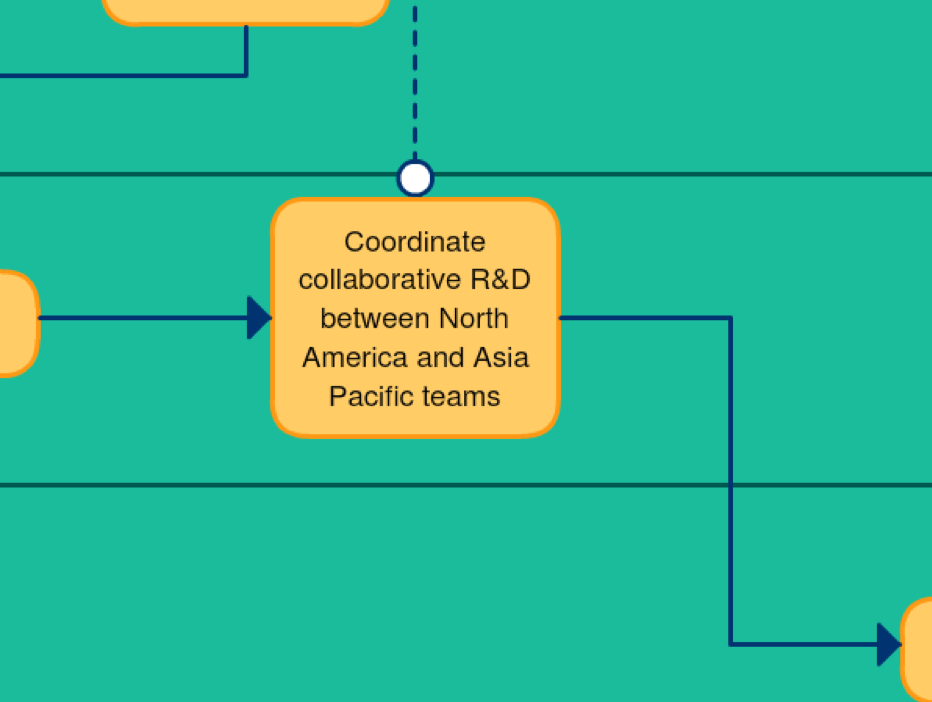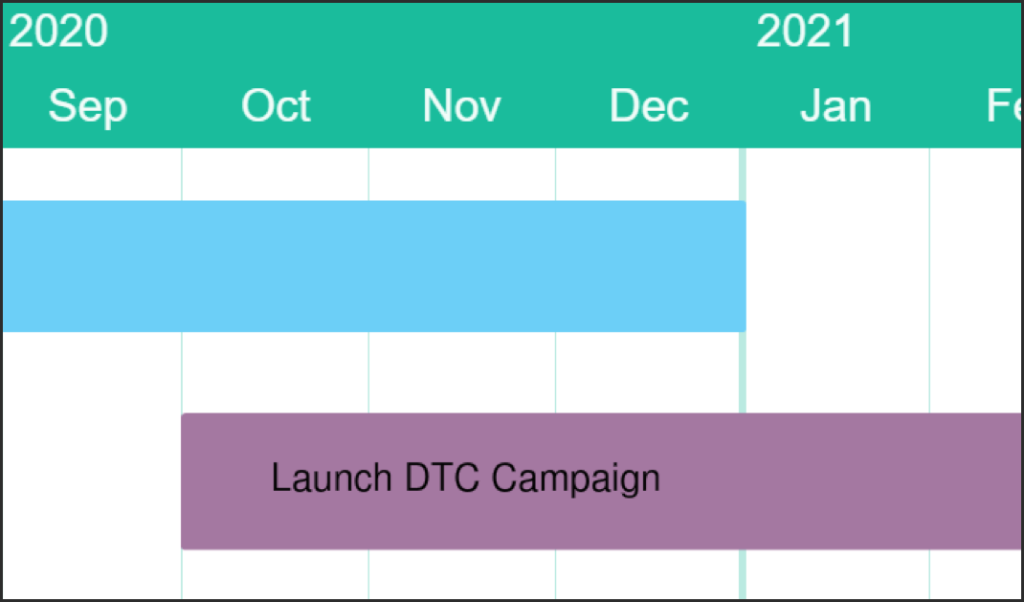As IT professionals, we know our IT architecture well—after all, we likely designed it. But in order to truly meet your business’s changing needs, and to lead it into new capabilities, you need to really understand its business architecture.
What Is Business Architecture?
Business architecture is similar in structure and identical in spirit to IT architecture. It captures what an organization does, how the organization does it, and how leadership plans to evolve it over time. It typically has several components, including:
- Business goals and objectives—what the business wants to accomplish
- Business services—the services the organization provides between its own organizational units or externally to customers and partners
- Business processes—the mechanisms the organization uses to produce and provide its business services
Most often, these components have a form that describes their state today, as well as a roadmap of planned changes in the future.
Business Architecture Informs IT Architecture
If you have a documented business architecture, you can map your IT architecture to it, so you can visualize where IT’s coverage is and isn’t—today and through the horizon of the roadmaps. Often, you can easily spot areas that need attention. Here are some examples from our experience.
Find the Best Support for Current Business Processes
You have surveyed your users about document management and collaboration solutions, and they say they are satisfied. And, to the extent that they understand the question and your reason for asking it, they likely believe they are.

But, as part of the defined process for Product Development, there is a need to coordinate R&D collaboration between the North America and Asia Pacific teams. You know that between them, the two teams have 6 different document management systems, as well as separate SharePoint instances. And they are in different Active Directory domains. You know this can’t be easy for them, and can easily be improved.
Be Ready for What the Roadmap Has in Store

Looking at the roadmap for Marketing, you notice that they are planning to market Product X in two years, which you knew. What they hadn’t yet told you was, the marketing for Product X will be direct-to-consumer. All marketing efforts to date have been business-to-business (B2B). But now you have adequate time to plan for the things IT doesn’t yet do, such as handling a much higher volume of Web traffic, personalized marketing, and new regulatory concerns like GDPR.
Create a Business Architecture
Ideally, your organization already has a documented business architecture coming from business strategy creation and review. If not, assembling a business architecture involves sitting down with business leaders, focusing solely on the business, intentionally avoiding technology conversations, and avoiding getting “lost in the weeds” too far down into details. It’s often effective to have the assistance of a third party, such as a consultant, for their experience in conducting such sessions, and to provide an unbiased, objective result.
Level Up IT
For a variety of reasons, there is often a gap between what your business asks for and what they really need. Business architecture is the most effective tool to leap over that gap by understanding exactly how IT can optimally support the organization’s overall goals. Leveraging a business architecture takes IT’s game to the next level and provides a means for IT to truly participate in achieving the organization’s highest and most important goals.
Know your business architecture as well as you know your IT architecture, and IT can anticipate and adapt to, and even lead, where the business is heading.

